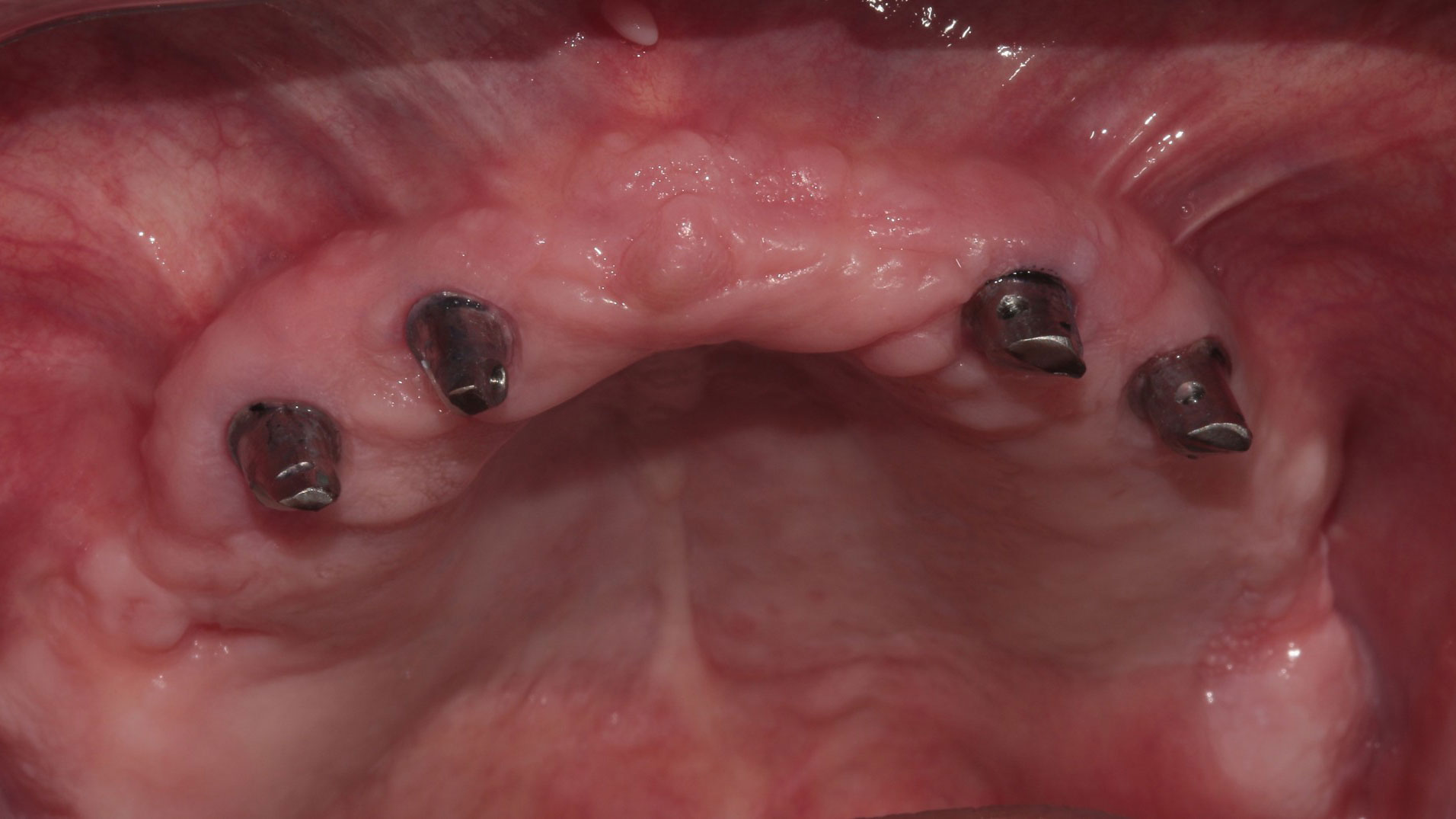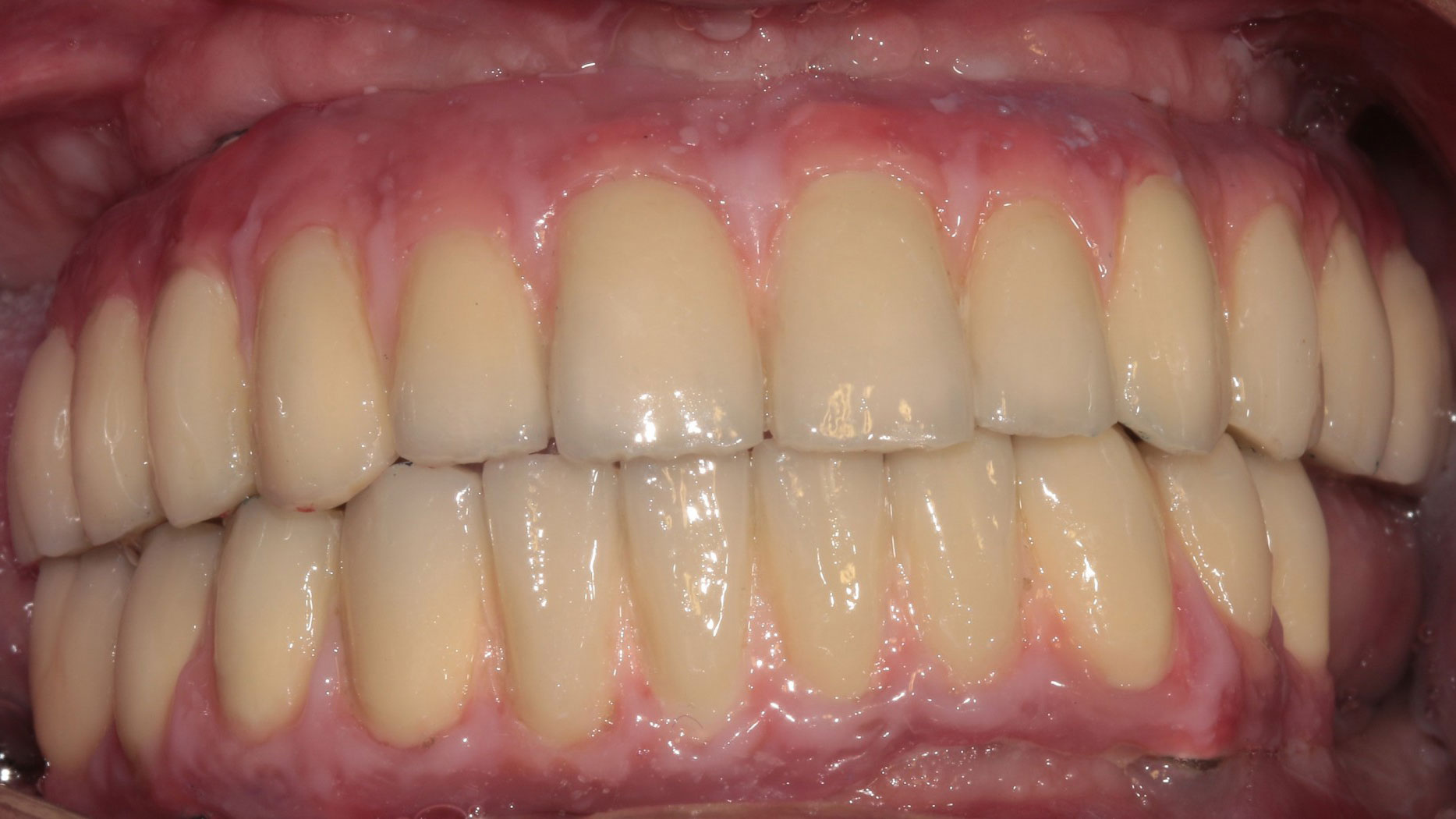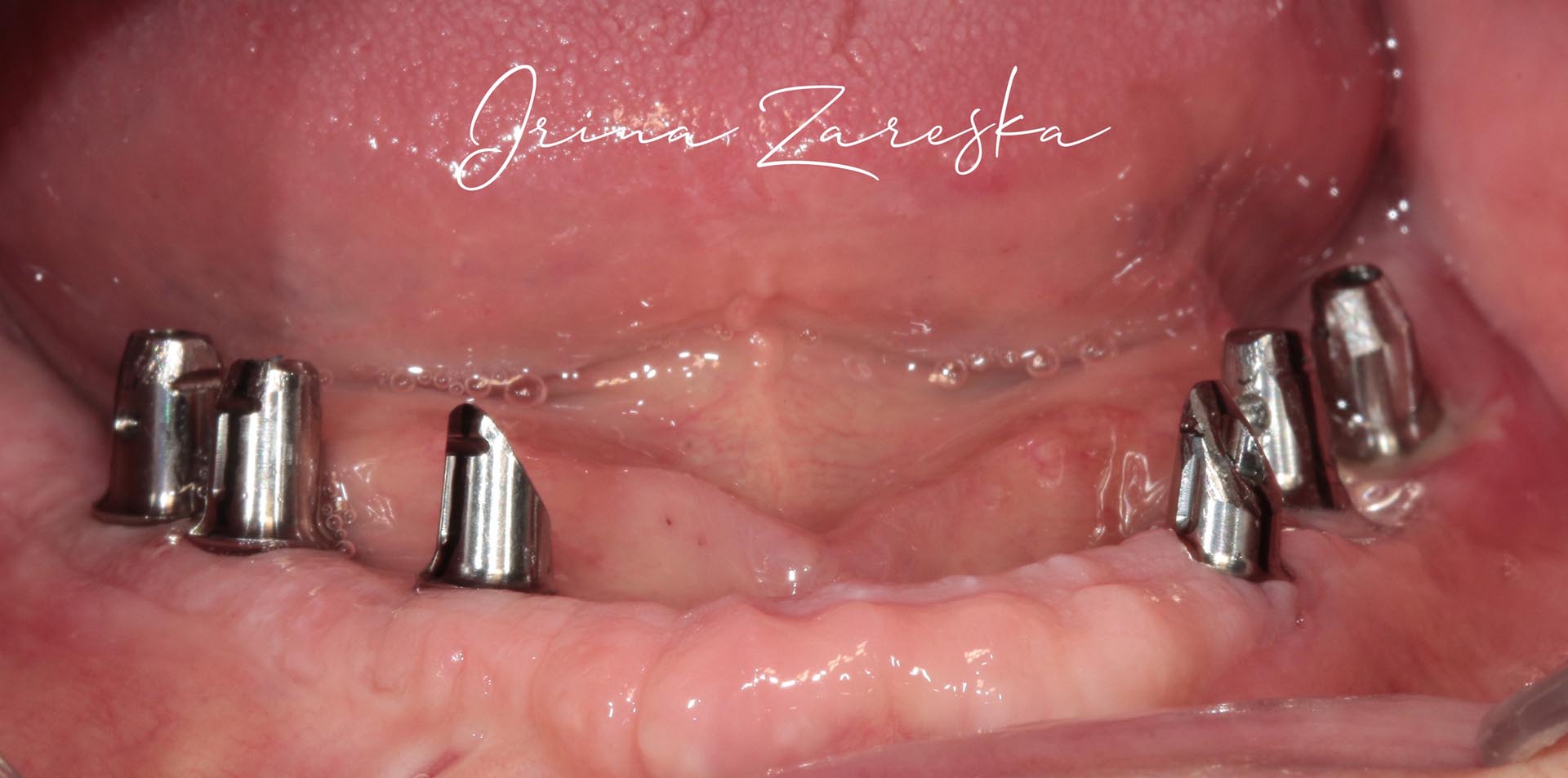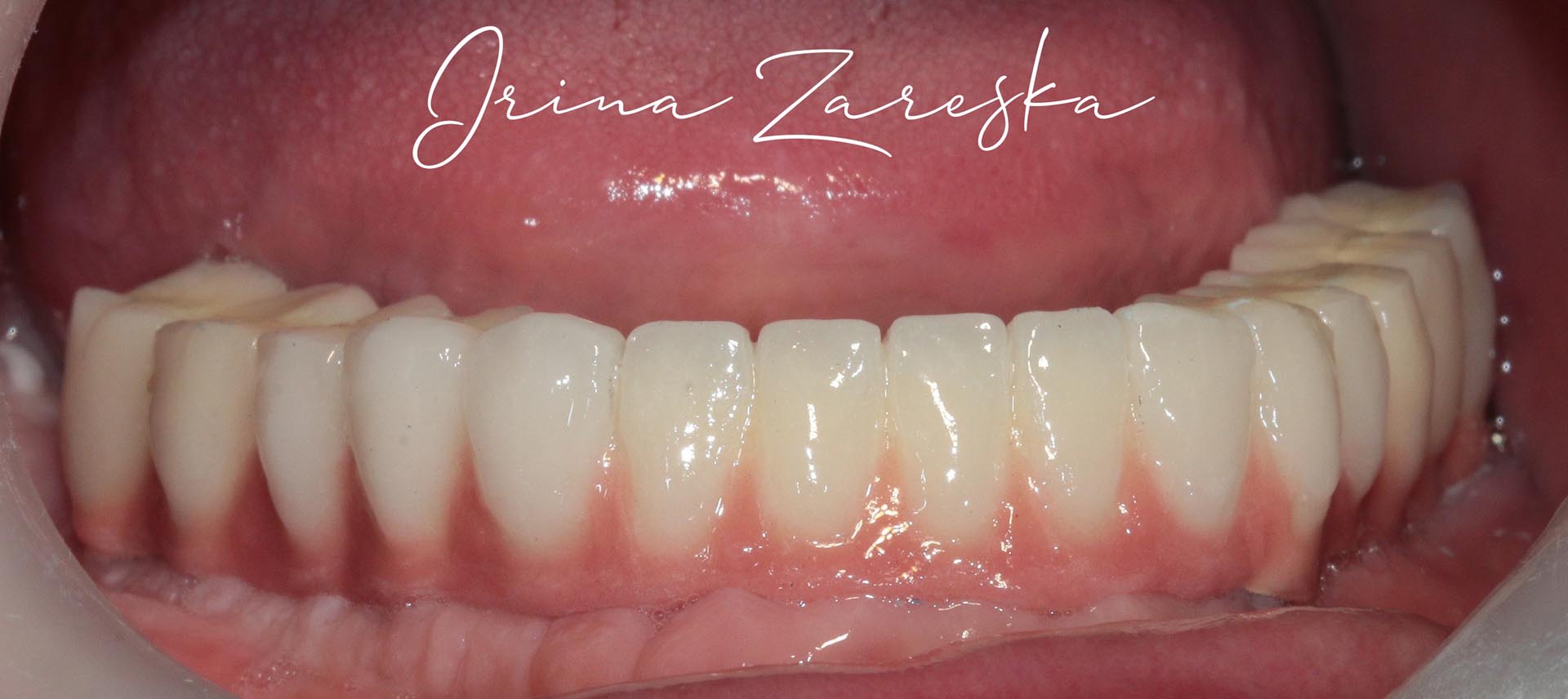The dental implant copies the root of the lost tooth and the dentist places it in your alveolar bone after tooth extraction. The implant carries a single porcelain crown or a bridge. Dental implants are ideal option for people with good overall health, who lost their natural teeth due to periodontal disease, unsuccessful root canal therapy or trauma.
Dental implants are actually more tooth-saving than traditional bridgework, since implants do not rely on neighboring teeth for support and you don’t need to prep healthy teeth. Dental implants are so natural-looking and feeling, you may forget you ever lost a tooth.
You know that your confidence about your teeth affects how you feel about yourself, both personally and professionally. Perhaps you hide your smile because of spaces from missing teeth. Maybe your dentures don’t feel secure. Perhaps you have difficulty chewing. If you are missing one or more teeth and would like to smile, speak and eat again with comfort and confidence, there is good news! Dental implants are teeth that can look and feel just like your own!
Under proper conditions, such as placement by Dr. Irina Trajkovska Zareska and diligent patient maintenance, implants can last a lifetime. Long-term studies continue to show highest success rates for implants, with minor possibilities for complications.
What Is Treatment Like?
This procedure is a team effort between you, your dentist and your periodontist. The first appointment consists of analyzing the panoramic X-ray or even better a 3D scan of your jaws and the situation in your mouth. Depending on your specific conditions, Dr. Irina Trajkovska Zareska will create a treatment plan tailored to meet your needs.
- Replacing a Single Tooth If you are missing a single tooth, one implant and a crown can replace it. A dental implant replaces both the lost natural tooth and its root.
- Replacing Several Teeth If you are missing several teeth, implant-supported bridges can replace them.
- Replacing All of Your Teeth If you are missing all of your teeth, 4 to 6 implants with an implant-supported bridge or hybrid denture can replace them.
- Sinus Augmentation A key to implant success is the quantity and quality of the bone where the implant is to be placed. The upper back jaw has traditionally been one of the most difficult areas to successfully place dental implants due to insufficient bone quantity and quality and the close proximity to the sinus. Sinus augmentation can help correct this problem by raising the sinus floor and developing bone for the placement of dental implants.
- Ridge Modification Deformities in the upper or lower jaw can leave you with inadequate bone in which to place dental implants. To correct this problem, the gum is lifted away from the ridge to expose the bony defect. The defect is then filled with artificial bone substitute to build up the ridge. Ridge modification has been shown to greatly improve appearance and increase your chances for successful implants that can last for years to come.
What Can I Expect After Treatment?
One day after operation it is expected to feel slight pain and slight swelling in the first 48 hours. For this reason, antibiotics and painkillers are prescribed and the symptoms go away after a week. As you know, your own teeth require conscientious at-home oral care and regular dental visits.
Dental implants are like your own teeth and will require the same care. In order to keep your implant clean and plaque-free, brushing and flossing still apply! Periodic follow-up visits every 6- 12 months will be scheduled to monitor your implant, teeth and gums to make sure they are healthy.


















